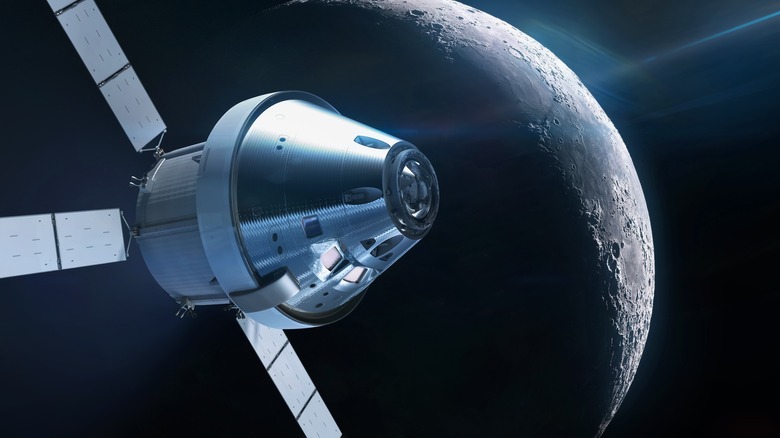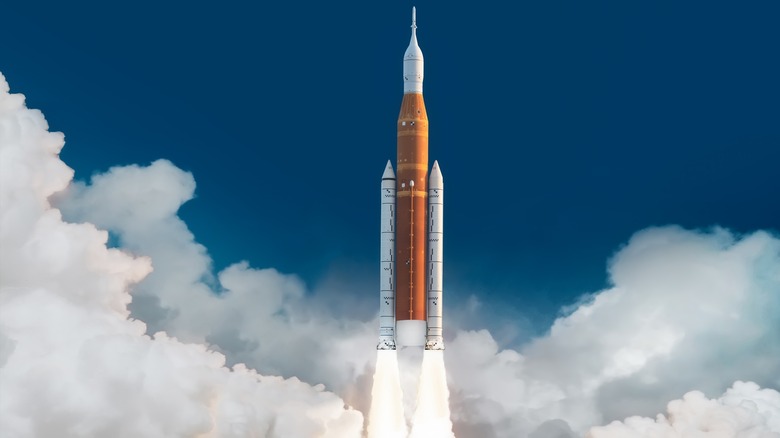NASA SLS Stands Up To Hurricane Nicole And Artemis I Launch Date Remains 'On Track'
Category 1 Hurricane Nicole recently made landfall on the Florida coast, but she will not impede a NASA rocket launch that hails the start of an effort to resume human exploration of the Moon and beyond, according to a November 11 NASA blog. Nicole was not the only unforeseen factor to threaten the Artemis I launch schedule, but NASA affirms that the Space Launch System (SLS) takeoff is still targeted for 1:04 a.m. Eastern Time on Wednesday, Nov. 16.
Nicole touched land over 70 miles south of the launch site, NASA stated, but wind surges from the late-season hurricane at the Kennedy Space Center reached a peak of 82 miles per hour during the storm, tweeted NASA Associate Administrator for Exploration Systems Development Jim Free. However, a Thursday, November 10 inspection showed no significant damage was done to the launch site and ground equipment, as well as the Space Launch System (SLS) rocket and Orion spacecraft.
The site sustained "very minor damage such as loose caulk and tears in weather coverings," says Free. The rocket and spacecraft were kept on-site after NASA decided that the launch pad "was the safest place for the rocket to weather the storm."
A complete briefing of the Friday, Nov.11 update to the Artemis I mission is available on YouTube.
Artemis 1 launch slated to proceed on November 16
The upcoming launch at Cape Canaveral is an unmanned test flight, and the smoking gun to another ambitious space exploration mission, NASA explains. Seeing the Orion's crew module safely back into the atmosphere and deploying 10 investigative satellites are all part of the mission.
The ultimate goal, though? Deep space exploration, NASA says. And with the Orion spacecraft expected to travel deeper into space than any manned vessel ever has — 280,000 miles from earth, thousands of miles beyond the Moon (via NASA) — the agency shuffles an inch closer. Orion's four-to-six-week voyage is the longest a crew-intended vessel has ever stayed in space without touching down at a space station.
Orion is expected to reenter the Earth's atmosphere at 25,000 miles per hour and reach temperatures of approximately 5,000 degrees Fahrenheit — that's a faster and hotter reentry than has ever been attempted before, per NASA.
Pending the success of Artemis I, Artemis II will launch from Kennedy in 2023 — this time with humans aboard the Orion. This historic crew will venture further into space than ever seen by humankind.

